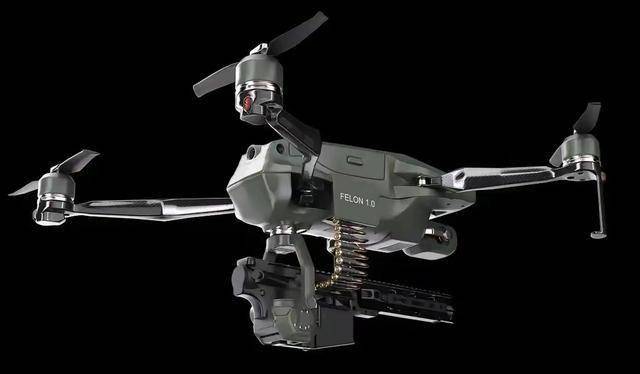Drones have rapidly evolved from just being an aerial photography tool to becoming an essential asset in the fishing industry. The integration of fishing drones into your angling activities can maximize not only convenience but also efficiency, allowing you to explore hard-to-reach waters and cast your lure further than conventional methods would allow.
Fishing drones provide an edge by offering a bird’s-eye view of the surroundings, enhancing your ability to scout for fish-rich areas. Equipped with high-resolution cameras, these drones can capture lake or sea conditions, identify fish schools, and locate places untouched by traditional anglers.
Moreover, drones are recognized for their precision in lure deployment, which greatly increases the chances of a successful catch. Instead of relying solely on the casting abilities of the angler, a fishing drone can deliver the bait right above your targeted fish. Enhanced precision translates to less disturbance to the water and a more natural presentation of bait, crucial factors that can entice more fish.
Key Features of Fishing Drones

- High-resolution cameras for detailed scouting
- Long-distance remote lure drop systems
- GPS-enabled navigation for pinpoint accuracy
- Real-time video feedback for immediate observation
These features make fishing drones invaluable for both leisure anglers and professional fishermen looking to optimize their strategies. The advent of this technology also opens new avenues for sustainable fishing practices. By accurately targeting specific fish, drones help reduce bycatch and overfishing—a significant environmental concern.
Efficiency and Convenience: A Game Changer
Picture yourself fishing in sprawling waters where reaching prime fishing spots seems daunting. Fishing drones offer convenience by eliminating geographical barriers. They provide remote access to spots that were primarily accessible only via boats or long treks. When time is of the essence, drones expedite scanning and scouting, which traditionally consumed substantial chunks of an angler’s day.
Drones can also complement eco-friendly fishing techniques. Their ability to deliver precise amounts of bait means less wastage and promotes eco-friendly practices—a step forward in ensuring aquatic life conservation. Additionally, fishing drones minimize physical exertion and make fishing accessible to those who might face mobility challenges.
Challenges and Considerations
While fishing drones present remarkable advantages, there are factors one should weigh before investing in this technology. Weather conditions can influence drone performance, as strong winds or rain affect flight stability. Battery life is another consideration, as longer fishing sessions require efficient power management. Furthermore, local regulations regarding drone usage must be adhered to prevent fines or restrictions.
FAQs About Fishing Drones
Q: Are fishing drones suitable for beginners?
A: Absolutely! Many fishing drones are user-friendly, equipped with intuitive controls that even novice users can master. They often come with tutorials and customer support to assist you as you get accustomed to the technology.
Q: How far can fishing drones fly?
A: Flight range varies by model, but most fishing drones can cover distances between 800 meters to several kilometers, allowing extensive area coverage for scouting.
Q: Can drones withstand harsh marine conditions?
A: High-quality fishing drones are engineered to resist saltwater corrosion and adverse weather; however, ensuring regular maintenance will enhance their longevity and performance.